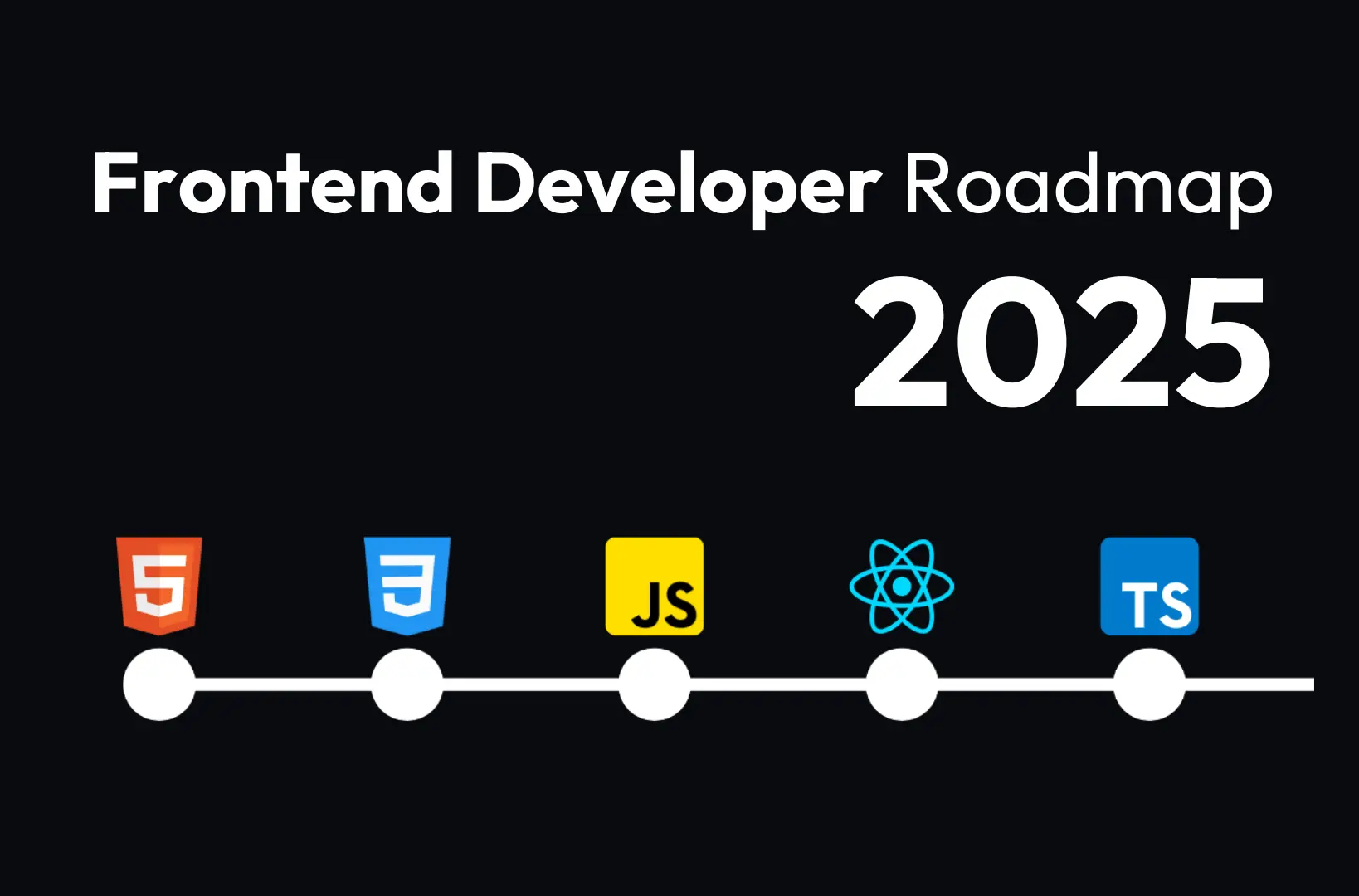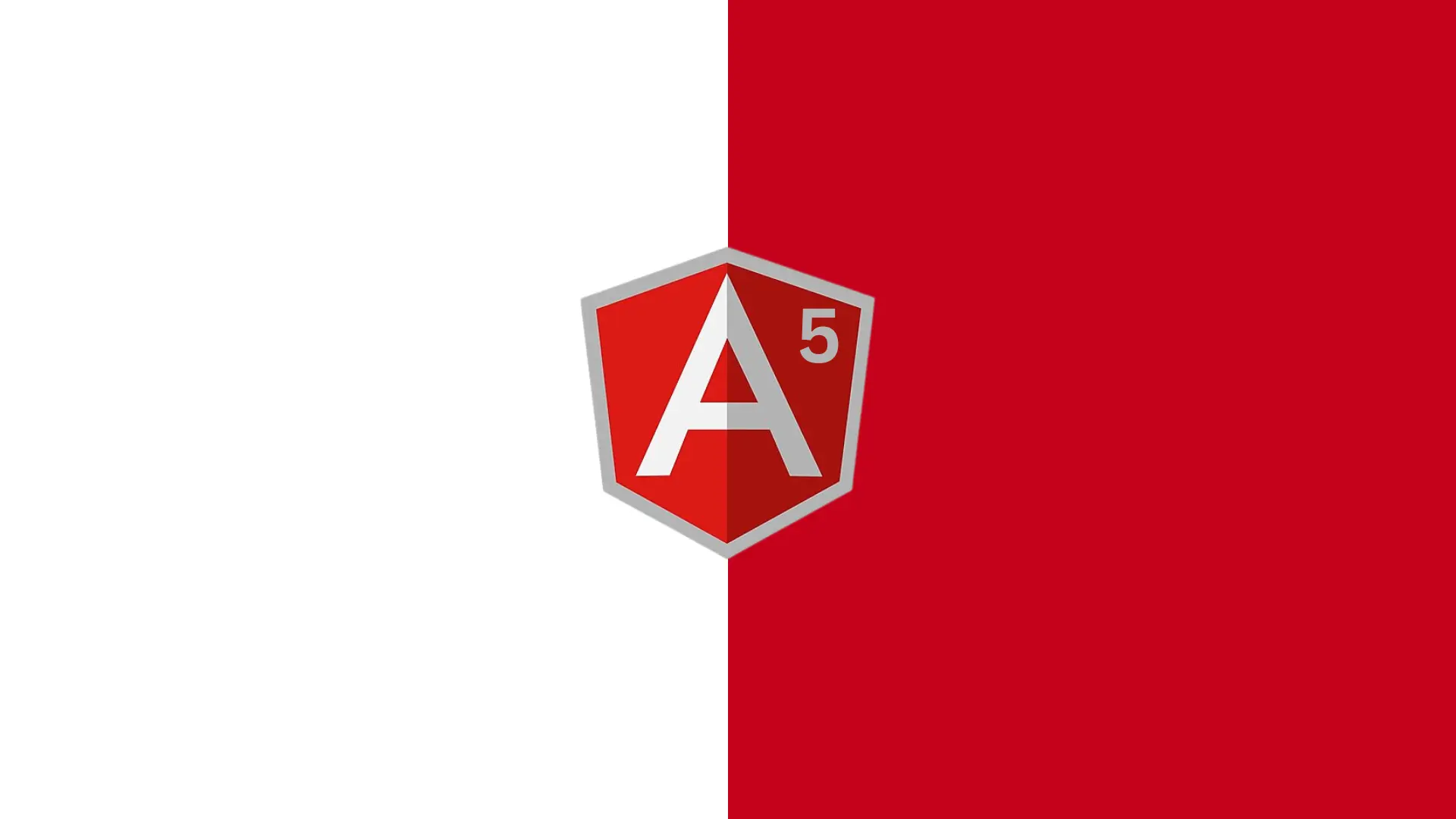The web development landscape has evolved significantly, and in 2025, choosing the right framework is more critical than ever. With users demanding faster, more intuitive, and highly scalable applications, developers face the challenge of selecting a framework that meets both technical and business requirements. Among the myriad of options, Angular vs Vue.js has become one of the most debated comparisons in front-end development.
Angular, developed and maintained by Google, is renowned for its robust architecture, TypeScript integration, and suitability for large-scale enterprise projects. On the other hand, Vue.js, created by Evan You, has gained popularity for its simplicity, flexibility, and adaptability, making it a favorite for startups and small-to-medium projects.
But which framework should you choose in 2025? This comprehensive guide delves into the Angular vs Vue.js comparison, highlighting their strengths, limitations, and use cases to help you make an informed decision.
The Rise of Angular vs Vue.js in 2025
Frameworks like Angular and Vue.js don’t operate in isolation—they’re part of a larger ecosystem of technologies that developers use to build web applications. Both Angular and Vue.js have carved out significant niches by addressing different development needs.
Why Angular vs Vue.js Matters
Your framework choice can impact:
- Development Speed – Faster development cycles lead to quicker product releases.
- Performance – Application responsiveness and efficiency.
- Scalability – Handling complex projects and large teams.
- Developer Experience – Frameworks that enhance productivity and minimize frustration.
Choosing the wrong framework can lead to technical debt and increased costs. That’s why the Angular vs Vue.js comparison is crucial for developers planning long-term projects.
Angular – A Powerful Choice in 2025
Angular continues to dominate enterprise-level web development with its structured framework, scalability, and deep integration with TypeScript. Its full-featured approach makes it the top contender for large-scale applications.
Angular’s Journey – A Cornerstone in the Angular vs Vue.js Debate
- 2010: AngularJS introduced two-way data binding and declarative UI development.
- 2016: Angular 2 replaced AngularJS with a modern, component-based architecture.
- 2025: Angular continues to evolve, cementing its role as a premier enterprise framework.
When analyzing Angular vs Vue.js, Angular’s comprehensive toolset positions it as the ideal framework for large and complex projects.
Key Strengths of Angular
- TypeScript Integration – Reduces bugs and enhances code maintainability.
- Built-in Tools – Angular provides routing, state management, and validation out of the box.
- Scalability – Modular design makes scaling large applications seamless.
- Google Support – Long-term stability and continuous updates from Google.
Vue.js – The Flexible Framework in 2025
Vue.js offers simplicity and flexibility, making it the go-to framework for lightweight and dynamic web applications. Its incremental design allows developers to integrate it gradually into existing projects.
Vue’s Journey – A Key Player in Angular vs Vue.js
- 2014: Vue.js launched, focusing on ease of use and minimalism.
- 2018: Vue 2 introduced virtual DOM and improved performance.
- 2025: Vue 3’s Composition API enhances scalability, solidifying Vue’s role in modern development.
In the Angular vs Vue.js debate, Vue’s lightweight and adaptable nature attracts startups and small-to-medium-sized projects.
Key Strengths of Vue.js
- Flexibility – Incremental adoption suits projects of all sizes.
- Developer-Friendly – Vue’s intuitive syntax and excellent documentation accelerate learning.
- Performance – Smaller bundle size ensures fast load times.
- Virtual DOM – Optimizes rendering for high performance.
Angular vs Vue.js – Comprehensive Comparison
1. Core Architecture
- Angular: Component-driven with dependency injection and TypeScript.
- Vue.js: Reactive and lightweight with the Composition API for scalability.
2. Learning Curve
- Angular: Steep learning curve due to RxJS and advanced architecture.
- Vue.js: Easier to learn with a straightforward setup process.
3. Performance
- Angular: AOT compilation enhances performance but adds complexity.
- Vue.js: Virtual DOM ensures efficient rendering, making it faster for small apps.
Trends Driving Angular vs Vue.js in 2025
1. TypeScript Dominance
TypeScript remains the gold standard for scalable codebases. Angular’s deep TypeScript integration gives it an edge, making Angular vs Vue.js a hot topic in enterprise development.
2. Micro-Frontends and Modular Design
Both frameworks are gaining traction in micro-frontend architecture, allowing developers to build modular and reusable components. Angular vs Vue.js comparisons highlight their strengths in this area.
3. Server-Side Rendering (SSR)
SEO and performance are critical in 2025. Angular Universal and Vue’s Nuxt.js provide excellent SSR capabilities, reinforcing the relevance of Angular vs Vue.js for SEO-driven projects.
Choosing Between Angular vs Vue.js
If scalability, advanced tooling, and a structured environment are your priorities, Angular is the clear choice. However, for lightweight, fast development, Vue.js shines. The Angular vs Vue.js comparison highlights their strengths, ensuring the right framework fits your project needs.
Final Thoughts – Angular vs Vue.js in 2025
As the Angular vs Vue.js debate continues to shape web development, both frameworks present compelling features for different use cases. Understanding their differences and applications can drive your project’s success in 2025 and beyond.
Need help deciding? Contact us today to learn how to choose between Angular vs Vue.js for your next project!
missed our blog Reactjs vs vuejs

Jahanzaib is a Content Contributor at Technado, specializing in cybersecurity. With expertise in identifying vulnerabilities and developing robust solutions, he delivers valuable insights into securing the digital landscape.








